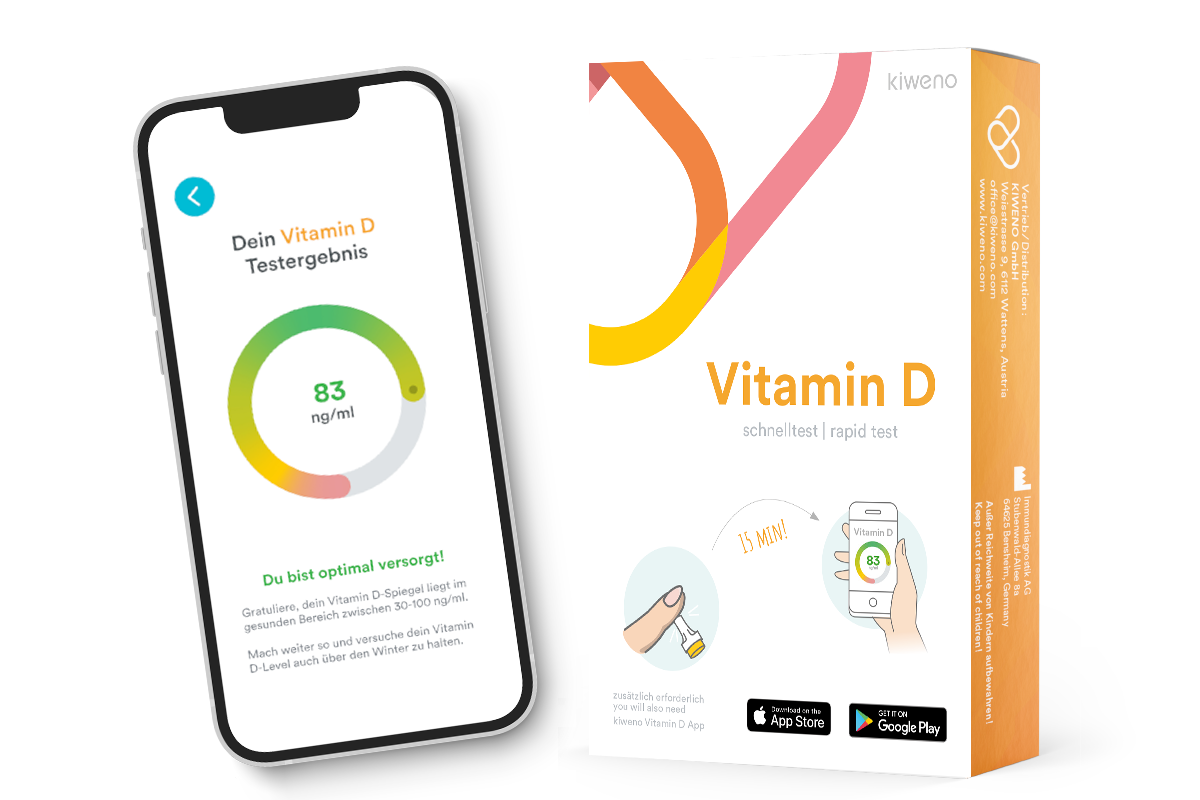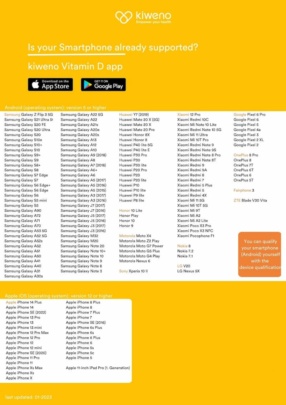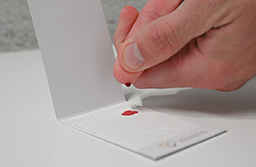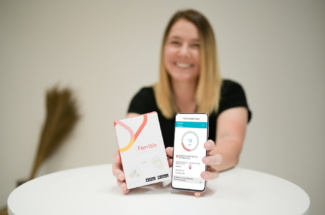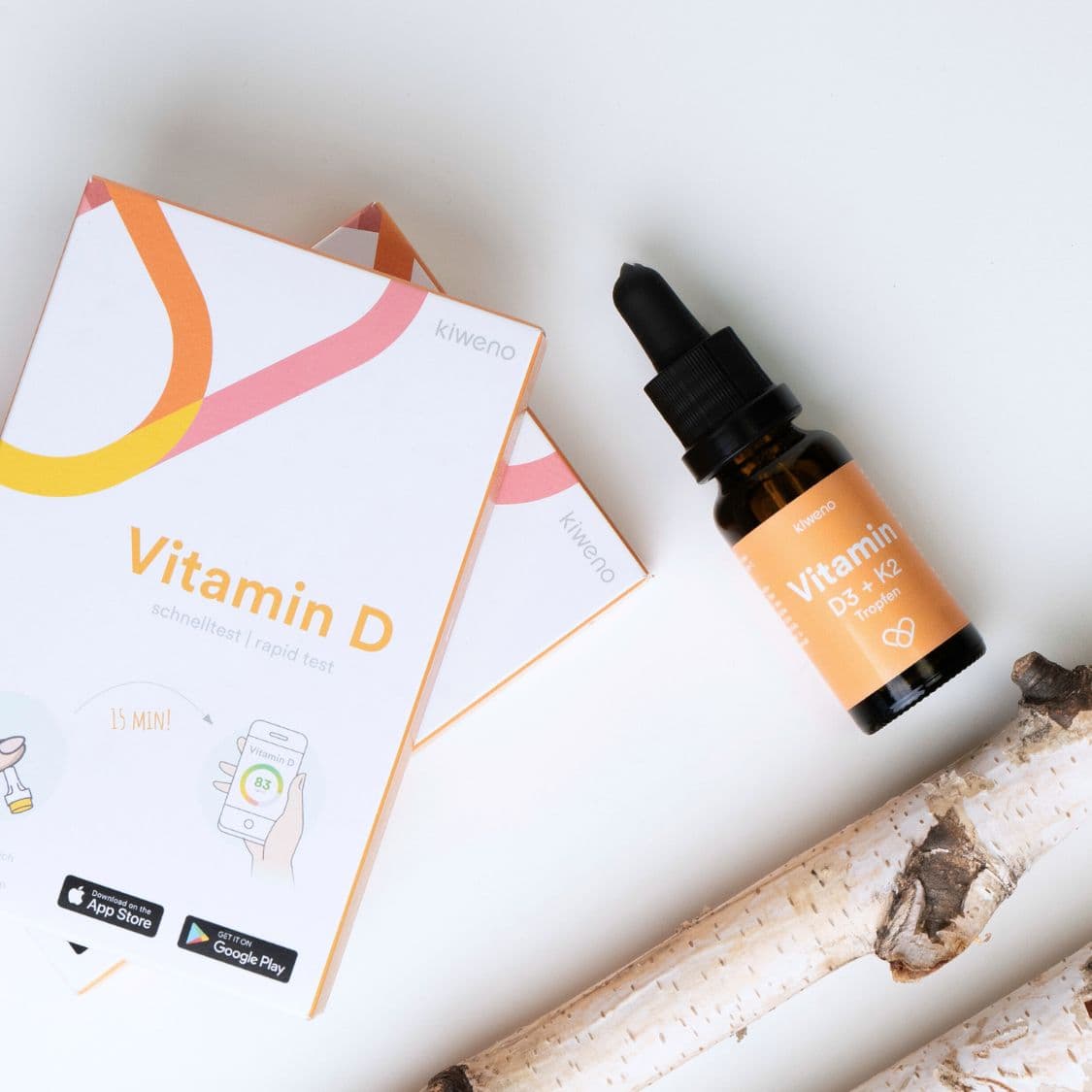How it works
Turn your cell phone into a lab
Save yourself long waiting times at the doctor’s office or the lab. Draw a few drops of blood yourself with these instructions – your smartphone will do the rest!
FAQ
What is vitamin d?
What functions does vitamin D perform in your body?
How and why does vitamin D deficiency develop?
What is the optimal vitamin D level?
- Bischoff-Ferrari HA (2014) Optimal serum 25-hydroxyvitamin D levels for multiple health outcomes. In Sunlight, Vitamin D and Skin Cancer (Advances in experimental medicine and biology), Reichrath J (ed) pp 500–25. New York: Springer-Verlag.
- Gupta AK, Jamwal V, Sakul & Malhotra P (2014) Hypervitaminosis D and systemic manifestations: A comprehensive review. J. Int. Med. Sci. Acad. 27: 236–237.
- Kimball SM, Mirhosseini N & Holick MF (2017) Evaluation of vitamin D3 intakes up to 15,000 international units/day and serum 25-hydroxyvitamin D concentrations up to 300 nmol/L on calcium metabolism in a community setting. Dermatoendocrinol. 9: e1300213.
